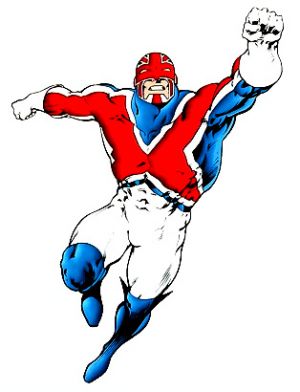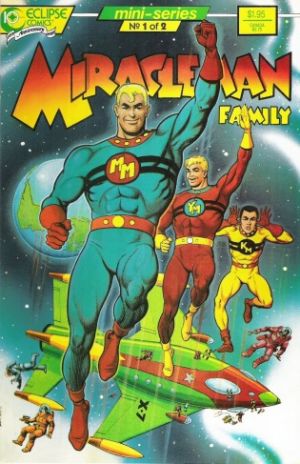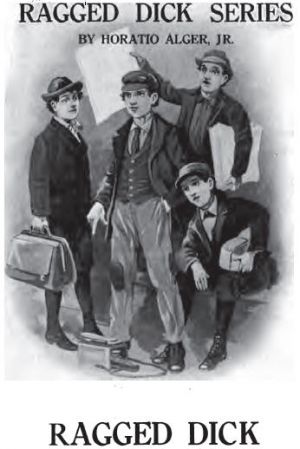Captain Marvel – Exceptionalism and God Worthiness
By Hervé St-Louis
March 7, 2013 - 20:08
Just like Superman, Captain Marvel is the recreation of an older popular religious and historical mythical figure for a new generation. Superman’s story is really the story of Moses as a champion of the Jewish people abandoned to another people who raised him and allowed him to become a great influence in their world. Captain Marvel, just like Superman, borrows from Judeo-Christian lore in the form of Samson.
Samson was a hero of the Jewish people whom God gave great strength to combat the enemies of Israel. Samson’s strength is drawn from God much like Captain Marvel draws powers from four Roman figures; the gods Zeus (power), Mercury (speed); the demi-god Hecules (strength); the Titan Atlas (stamina); and the Greek warrior Achilles (courage). Captain Marvel’s super natural sponsor was Israelite King Solomon who was known for his wisdom.
Just like Samson, Captain Marvel must protect his kind, the people of Earth from evil. While Samson’s weakness was his short hair, Captain Marvel’s weakness was his short stature when he transformed into Billy Batson, his boyish alter ego. Captain Marvel was the idealization of the adult Billy Batson’s whose future was promised to greatness but through a sleight of hand did not go through the formative years that Samson endured and became a super hero adult, while being a boy inside.
 |
Marvel Comics’s Thor is probably the best-known clone of the Captain Marvel archetype and probably the most popular competitor. Although the literary and religious figure of Thor serves as an inspiration to his comic books counterpart, in the original stories, the transformation aspect that changed Thor to crippled human medic Donald Blake was similar to how Billy Batson changed into Captain Marvel.
The second kinds of Captain Marvel clones were granted powers by gods although they do not change extensively physically. For example, Marvel Comics’s Captain Britain, who was given powers by magician Merlyn and his daughter Roman, remains Brian Braddock physically.
Another British super hero Marvel Man, later known as Miracle Man, was a direct clone of Captain Marvel. However, while he could switch bodies, each persona also aged. Just like Captain Marvel, Miracle Man had to utter a “magic” word to change into a regular man and back and forth. Captain Marvel only has to utter the word SHAZAM which is an alliteration of Solomon, Hercules, Zeus, Achilles and Mercury.
 |
While laziness and sloth are the same ideas, selfishness is a form of gluttony. The one outstanding difference is lust. Lust has a sexual connotation that was easily replaced by Captain Marvel’s creators with a more children-ready and wholesome foe such as injustice. Captain Marvel borrows from several foundational pillars of Western philosophy and culture making him an industrialized and idealized American.
Captain Marvel borrows from the Old Testament, Greco-Roman myths and liturgy developed through the New Testament. However, being an American super hero in the 1930s and 1940s, his overt borrowing from the Roman Catholic Church was updated to more American virtues of heroism such as fighting selfishness and injustice. Parts of these attributes which departs from Roman Catholic dogma may not have been an attempt to preserve some Protestant appeal. They could have been reactions to the economic ravages of the Great Depression and the ideals promoted by President Franklin D. Roosevelt’s New Deal in the mid-1930s.
 |
Captain Marvel’s creation is also tied with 19th century American culture of self-determination and valour. Horatio Alger Jr.’s Ragged Dick seemed to have inspired Captain Marvel. Set in the 1860s, Ragged Dick is the story of two homeless boys’ struggle to overcome economic adversity through their friendship and hard work. Orphan Billy Batson faces similar hardship as Ragged Dick and his best friend Fosdick. Indeed, Captain Marvel has a young boyish protégé, crippled Freddy Freeman, who can transform into sidekick Captain Marvel Jr.
At once, Billy Batson and Captain Marvel capture the story of the difficult predicament and hardship that Americans must face to become great men of courage and of valour. Granted exceptional powers by Gods, Billy Batson is given an opportunity to fight for his fellow men as Captain Marvel, a powerful figure who fights the seven deadly enemies of men. As the world’s mightiest mortal, Captain Marvel is also a literary deification of American Exceptionalism.
Related Articles:
Captain America Series 1 Marvel Legends Review
Marvel Legends (Toybiz) Series 8 Classic Captain America (2004)
Shazam/Captain Marvel – Public Enemies Action Figure (2005)
Shazam! – The Better Captain Marvel Movie
Captain Marvel – The Movie
Generations: Captain Marvel & Captain Mar-Vell #1 comics review
Captain Marvel – Exceptionalism and God Worthiness
DC and Marvel Comics Announce Captain Marvel and Thor Crossover - Shazam!
Captain Marvel #2 Review
Captain Marvel #1 Review
